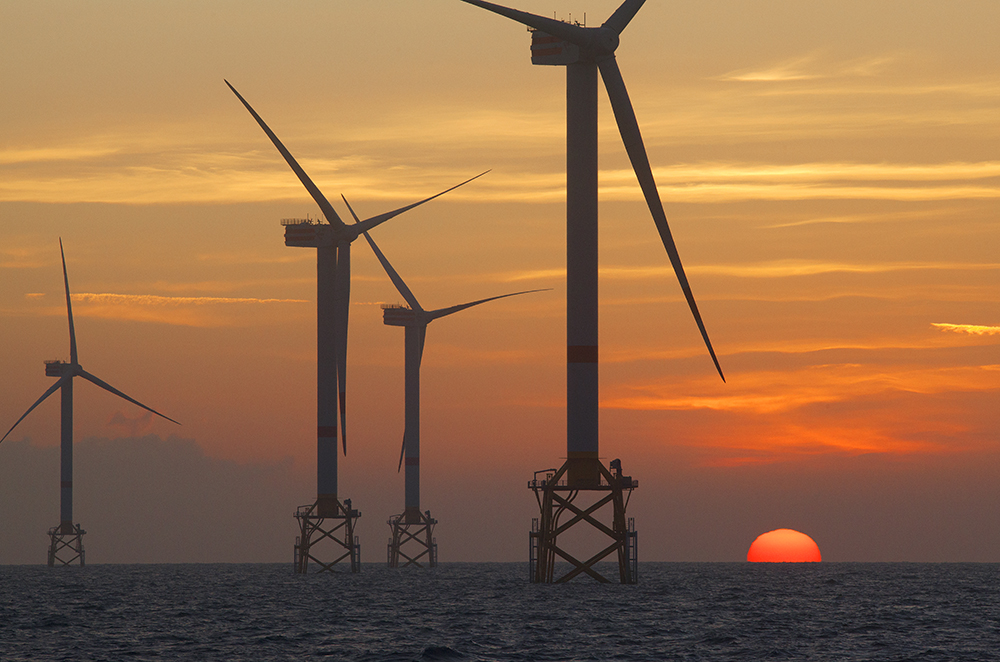





For minimising risks and costs, there is a need to choos a good foundation design which must be robust, quick and cost-effective to install. Quality in the foundations is a very important issue since any defects or mistakes could be present in a large number of foundations.
From the energy production point of view, it is interesting to set larger wind turbines that can capture more energy from the wind. Placing larger wind turbines means that the turbines will have higher rated power values and their annual energy production will be much higher. This also means that the size of the turbines will be greater, too. Then, OWTs (Offshore Wind Turbines) must be able to withstand harder loading conditions due to the higher wind speeds and more extreme wave conditions in areas afar from the shore.
In addition, there is no experience in the industry of using monopile designs to carry 5MW or more powerful turbines in water depths of 35 m and beyond (WINDPOWEROFFSHORE, 2013). Hence, there is no proven solution using monopiles for these larger turbines which means uncertainty in risk and cost. Also, driving the pile of these extremely large structures into the seabed requires a huge amount of energy. The environmental impacts consequences associated with the noise and sock of piling large structures and the problems in keeping the structure vertical in the process must be considered too.
Following monopile foundations, gravity-base foundations have been the second most popular sort to date (WINDPOWEROFFSHORE, 2013).They have been used mostly to support smaller turbines in shallow waters near shore in locations with a rocky seabed where the operation of piling was extremely complicated and costly. There is only one case in which a project was completed in deeper water using gravity-base foundations: Thornton Bank Phase 1. In this project six 5 MW turbines were used in depths up to 19 m (WINDPOWEROFFSHORE, 2013). However, the water depth in this project is far from the 35 m and beyond which are expected in the new generation of wind farms. Moreover, the developer of this project changed to four-legged jackets to finish the other two phases of the project in which 6 MW turbines were deployed.
In the light of this, jacket foundations seems to provide a solution for foundations in offshore wind farms in water depths of 35 m and beyond which is less risky, less costly and more reliable than monopiles and gravity-base foundations.